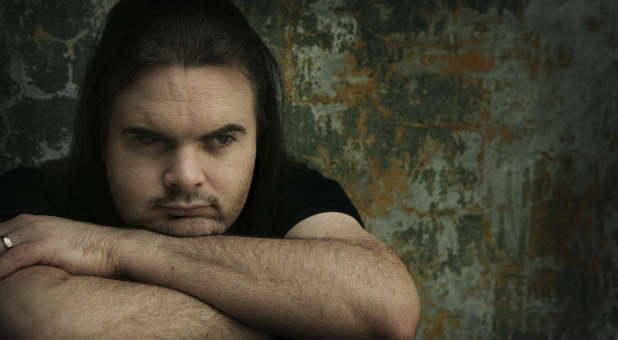The Urgent Crisis of the Young American Male
Just one day before a crazed young gunman killed nine people in Oregon last week, police arrested four males who planned to go on a bloody rampage at their high school in central California. Fortunately those four juveniles are now in custody—but it doesn’t lessen the pain of the families who lost loved ones in the Umpqua Community College shooting in Oregon.
What is happening? Why are so many disturbed young men in the United States carrying out massacres? Consider these four recent cases:
1. Christopher Harper-Mercer, 26, killed nine people at Umpqua Community College in Roseburg, Oregon, Oct. 1, 2015, using five handguns and a rifle. He killed himself after the rampage. An unemployed loner, his parents were divorced and he lived with his mother. He suffered from mental disorders, and neighbors said he sometimes paced the floor of his apartment until 4 a.m. According to posts online, he was fascinated with guns and frustrated that he didn’t have a girlfriend. When he broke into a classroom last week he asked some students if they were Christians before shooting them in the head.
2. Dylann Storm Roof, 21, is an avowed white supremacist who shot and killed nine people, including a pastor, in Charleston, South Carolina, on June 17, 2015. He used a .45-caliber Glock pistol. His mother left his father before he was born, and his father was later accused of abusing his second wife. A high school dropout, Dylann used drugs, showed signs of obsessive compulsive disorder and was convinced that African-Americans are taking over the world. In his online posts he talked of starting a civil war. He will stand trial in July 2016.
3. Elliot Rodger, 22, went on a bloody rampage on the University of California/Santa Barbara campus on May 23, 2014. First he stabbed three Chinese men (two of them his roommates), then he shot three students at a sorority house using three semi-automatic pistols. Then he killed himself. Coming from a divorced home, he was described by those who knew him as a loner who had been bullied in school. In a video he posted on YouTube just before his shooting spree, he said he wanted to punish women who had rejected him, and to punish sexually active males because they had a more enjoyable life.
4. Adam Lanza, 20, was responsible for storming into the Sandy Hook Elementary School in Newtown, Connecticut, on Dec. 14, 2012, and killing 20 first-graders and six adults. He murdered his mother first, then used her rifle to shoot his victims, and then killed himself. After the incident, investigators learned that Adam suffered from numerous mental problems. He loved horror movies and was fascinated by mass killings. Adam had had a strained relationship with his father since his parents separated in 2002.
A growing number of young men—even teens—are snapping. What is causing this?
The debate rages today about gun control—and certainly a case can be made that these men should never have had access to handguns or rifles. But this dilemma can’t be solved simply by stricter background checks. (Elliot Rodger, for example, stabbed three of his victims with a knife, one of them 94 times. In other cases, they used guns owned by family members.)
In the cases I’ve described, each young man came from a broken home marked by abuse, rejection or neglect. Each was tormented by inner demons that caused him to be fascinated with conspiracies, weapons and violence. And after each massacre, people who knew these young men said they detected that they were deeply disturbed and needed intervention.
Other factors may have played a role, including drugs, video games, violent entertainment and broken relationships. But one clear factor is mental illness and an obvious lack of support for families that struggle with this problem. A lot of young men in this country today are battling anxiety, compulsive behaviors and serious psychological problems, and we can’t sit back and wait for politicians to solve this.
We need spiritual answers—and the church must step up to the plate to provide more help to people like Christopher, Dylann, Elliot and Adam before they reach the breaking point. That’s why I’m grateful California Pastor Rick Warren and his wife, Kay (whose 27-year-old son battled depression and committed suicide in 2013), have organized a conference on mental illness that begins today. The Gathering on Mental Health and the Church will convene at Saddleback Church in Lake Forest, California, Oct. 7-9.
“It’s time to break the silence and stigma surrounding mental illness,” says Kay Warren. “Every church, regardless of size or location, can be a place of refuge and love and compassion for those who need it most.”
Hopefully Saddleback’s willingness to apply the gospel to this taboo topic will result in a wave of healing in this country. For too long we have ignored this complicated problem—or we’ve deliberately swept it under the rug. The church should be the place where families go to find answers to mental illness—and not after a school massacre but before it happens.
For more information on the Gathering on Mental Health and the Church, go to mentalhealthandthechurch.com. {eoa}














































